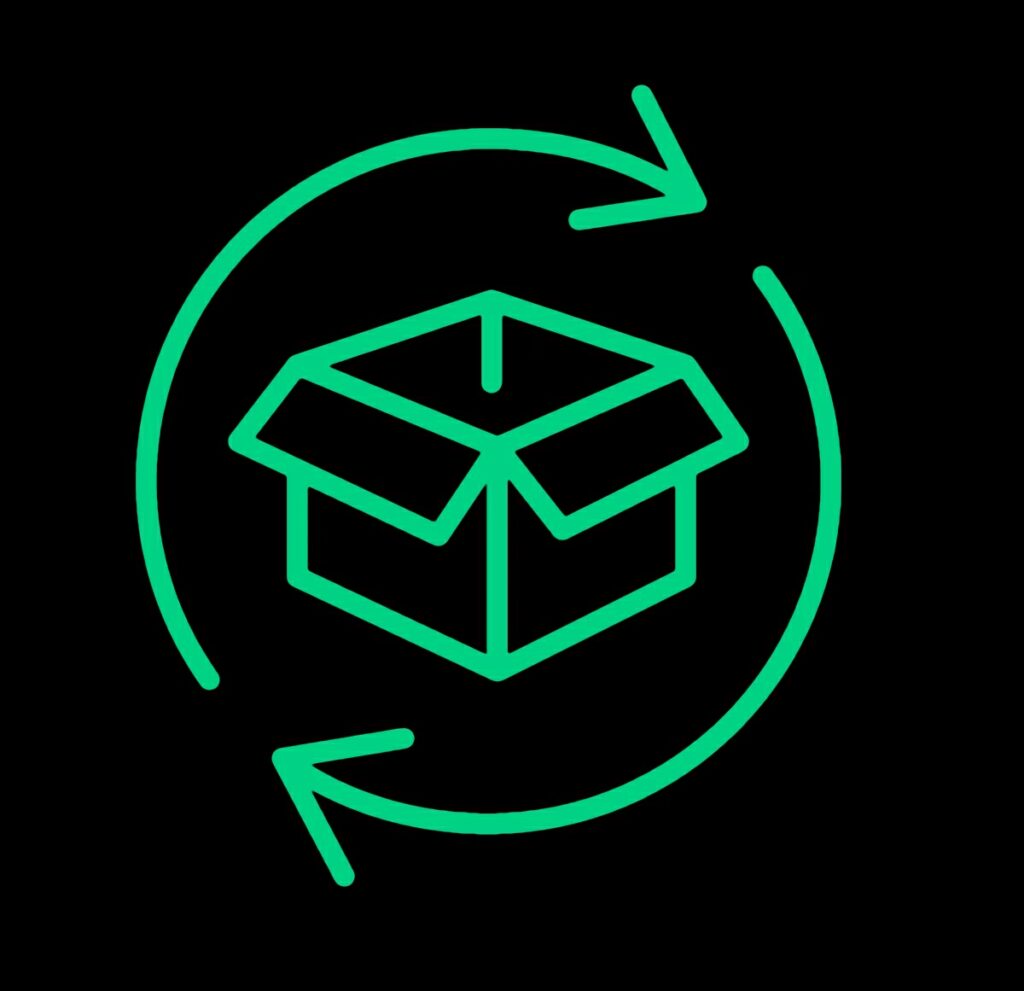Have you mastered no-code test automation yet? Software testing is an integral part of the development cycle and provides crucial insight for DevOps professionals and decision-makers who work to improve code stability over time.
Testing requires a configurable environment where teams can execute code and place their applications under stress. This environment must also remain consistent to ensure that the code is the only changing element. However, making sure that your environment is the same every time you run a test can be a real pain.
And that’s why so many organizations today are moving toward no-code test automation.
What is no-code test automation?
Scriptless test automation is a no-code environment for users to quickly build and execute tests. This allows for non-coding experts like UI designers to set up an environment and test their designs without having to wait for a software engineer to implement their work.
Traditionally, programmers have had to write custom test scripts for each individual application and for each distinct function. However, with scriptless test automation, raw code is replaced by tools designed for usability. This offers a more structured way for DevOps professionals to ensure their applications are running efficiently.
What Are the benefits of no-code test automation?
Test automation is an important process that gives developers insight into the ways that their code responds to heavy loads and various data types and values. Scriptless test automation takes this a step further by providing a prebuilt set of tools for users to take advantage of for quicker turnaround times.
Because scriptless test automation allows for a more scalable approach to building effective, stable code without the overhead, it’s quickly growing in popularity. Having an easy-to-use tool for test automation makes testing faster, more accessible, and easier to adapt to new situations, allowing programmers and non-programmers to accomplish business goals ahead of schedule.
Faster development cycles
The less time it takes for development teams to test and verify their code, the quicker it can be deployed in the real world. Scriptless test automation allows for exactly this, making businesses more competitive and eliminating downtime from the production cycle.
It also eliminates the need to code a brand-new script for each individual test. Because of this, teams can quickly test their code and find potential problems as soon as possible, allowing them to fix issues before they become bigger and harder to deal with.
Accessible low-code approach
Automated tests have, in the past, been largely relegated to those who understand code at a fundamental level. However, with scriptless test automation, it’s easier for decision-makers and non-specialist roles to review and perform audits. It won’t replace a fluent coder’s ability to comb through a build for every last inefficiency, but it will quickly reveal problem areas at a high level, which allows for a more agile approach to development.
Stable and scalable process
Scriptless test automation presents a much more reliable and scalable approach to building and deploying software tests. For smaller organizations or those that are running on thin margins, this is a big deal. By eliminating much of the overhead from the testing environment, it’s easier than ever before to build reliable, long-lasting code.
Having a suitable platform for software testing becomes even more important as your organization grows. Thanks to its adaptability, scriptless test automation is a tool that you can use at any stage of development, making it a scalable solution that you can rely on throughout an application’s lifecycle. It doesn’t matter how big your code base becomes — scriptless test automation can handle large volumes much more quickly than writing scripts for each individual use case.

Reusable code base
Reinventing the wheel can be costly, not to mention lengthy. Having a way to ensure you’re not constantly rewriting common functions and test cases will save a great deal of time and money. Scriptless test automation provides a way for users to ensure they’re following best practices and performing tests correctly, which is essential for larger organizations that want to eliminate mistakes from their internal processes.
When every test case requires a new script, business continuity can slow to a crawl, as coders spend as much time writing tests as they do writing code. On the other hand, scriptless test automation eliminates this issue with a reusable code base, making it a more efficient solution for businesses of all sizes.
For better automated tests, you should find a professional partner with the knowledge to do more. Sofy is a popular tool for scriptless test automation that improves the quality of life for workers across the tech sector.
What are the steps for no-code test automation with Sofy?
No-code test automation is an ongoing process that makes it easier to perform application tests. Taking a more modular approach to automation can be useful but requires much more work. Structuring test models for best performance with a scriptless GUI can help improve this process. However, it still requires specific steps to be properly implemented.
Step 1: Run your first test
Before even starting to create your test automations, make sure to define your scope of operation first. By examining existing processes and considering which ones require dedicated testing elements, you’ll save yourself time and energy in the long run.
To get started running automated tests with Sofy, you’ll need to do a manual test first, so go to the Sofy Real Device Lab and create a test. Once completed, you’re ready to get started automating the process.
Step 2: Convert your test
After you’ve looked over your software and decided what needs to be tested, the next step is to determine how you’re going to test it. Consider which framework you want to use, your expected inputs and outputs, and who will be doing the testing. This will allow you to reduce the time it takes to start automating tests so you can get straight to improving your software.
Sofy allows you to convert your manual test into an automated script at the click of a button. This makes it easy to transform complicated tests into scriptless automated tests without having to understand the underlying code.
Step 3: Take advantage of automation
After you’ve decided what your test needs to look like, it’s time to start putting it together. Go through each application, and create a test as needed with your chosen scriptless software.
If you’ve already converted your test with Sofy, there’s nothing more to do. Sofy’s easy-to-use interface allows you to quickly transform your testing environment and perform more tests with less effort.
Sofy knows no-code test automation
If you want to improve how your company does testing, Sofy is the best tool for the job. Sofy’s revolutionary no-code platform makes mobile app testing a breeze. If you want the best automated testing platform for your DevOps engineers, then look no further than Sofy.
Based out of Seattle, Washington, Sofy offers testing for all of your devices using a cloud-based testing environment. The Sofy Real Device Lab provides powerful mobile app testing for users that don’t have a background in coding. This allows even B2B decision-makers to create and test automations with the click of a button.
Users around the world trust Sofy to perform their scriptless test automation, and you can be one of them. It’s easy to get started, just get a demo with Sofy today.
Disclaimer: The views and opinions expressed above are those of the contributor and do not necessarily represent or reflect the official beliefs or positions of Sofy.









